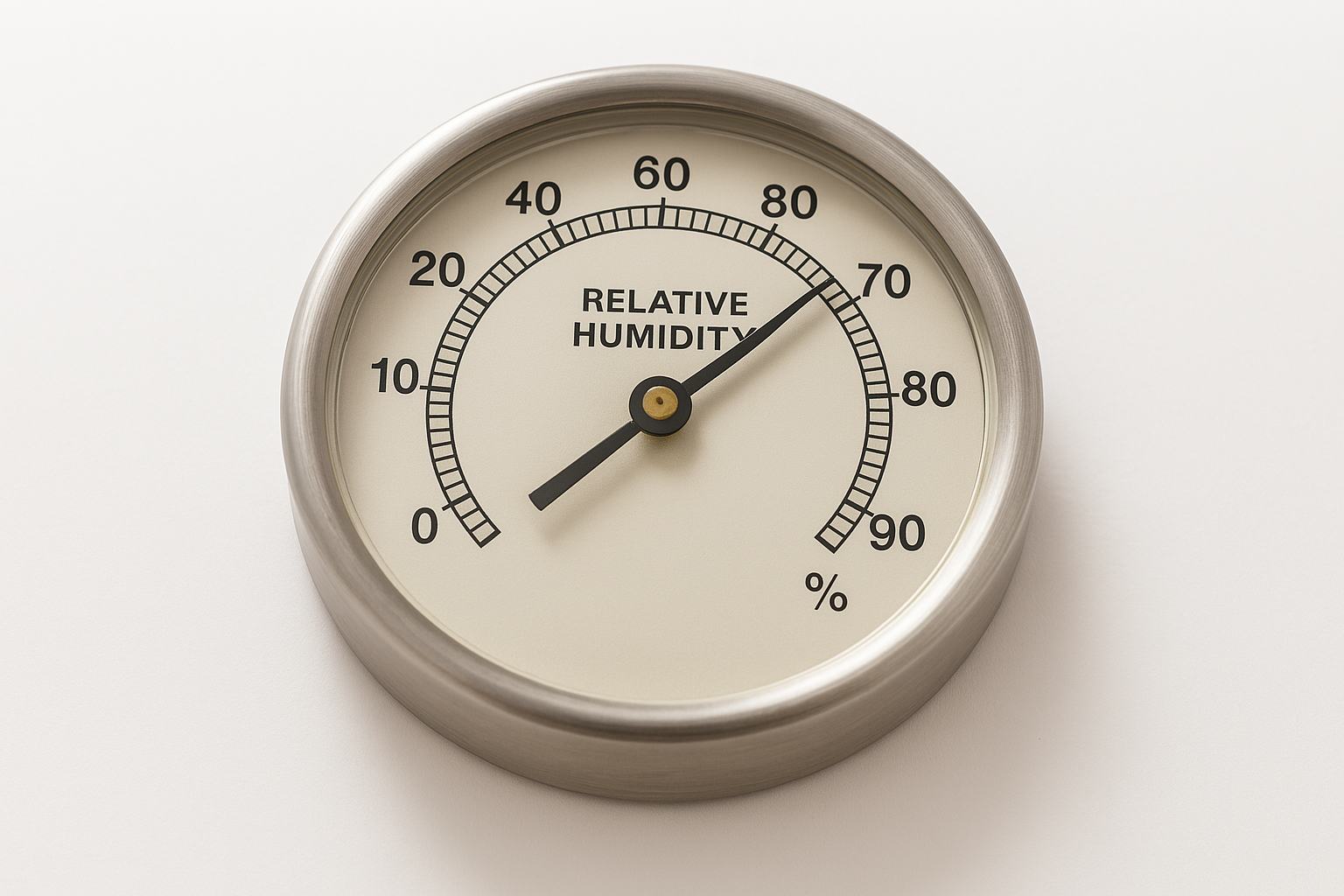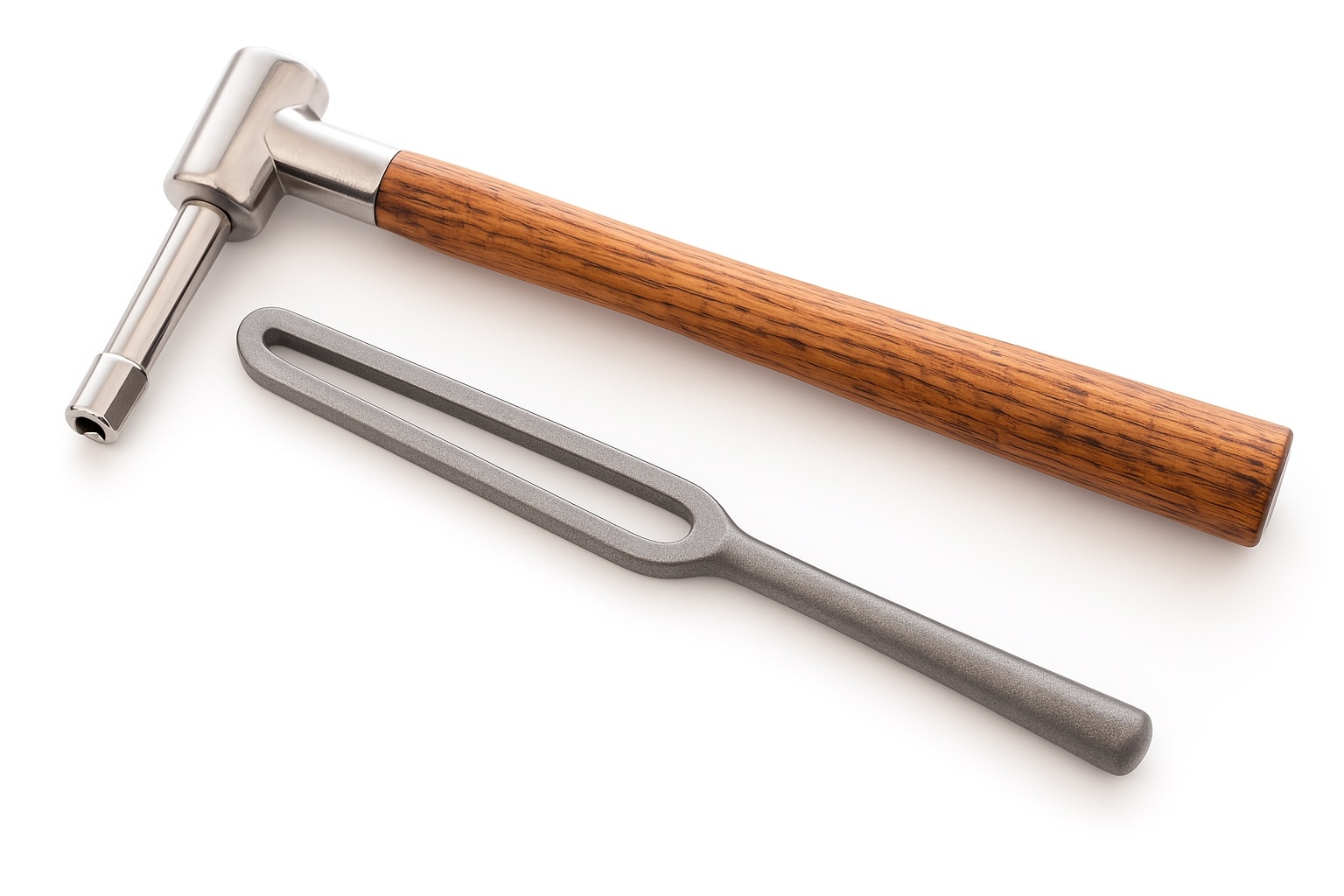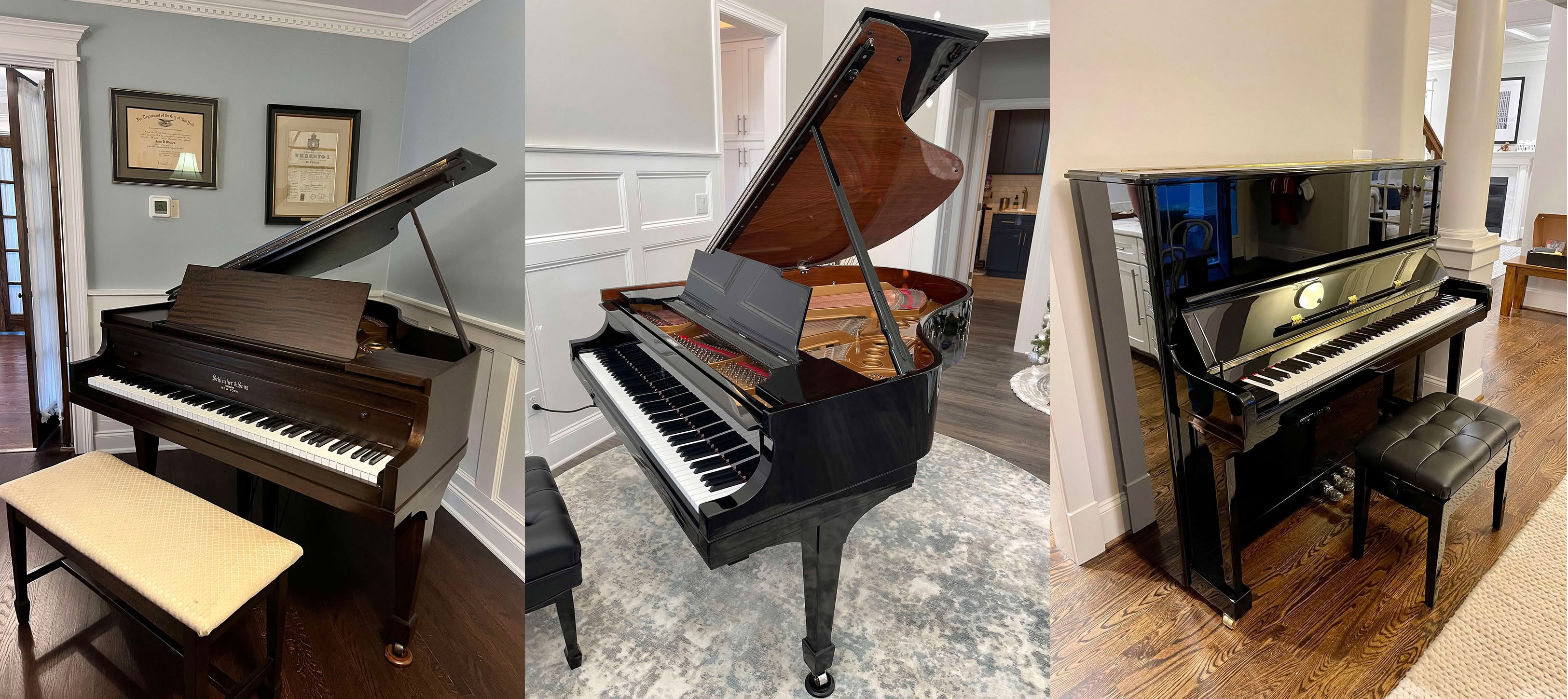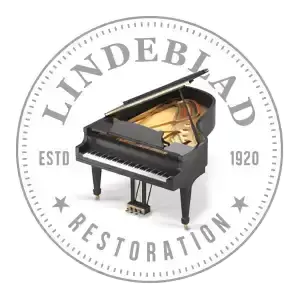A beautifully restored piano isn’t just a piece of furniture—it’s a legacy, a musical treasure, and often, a family heirloom. Whether your instrument has been brought back to life through a full restoration or received expert care to preserve its tone and touch, protecting that investment is essential. Here’s how you can maintain your restored piano for a lifetime, ensuring it remains a source of music and joy for generations to come.
1. Control the Environment – Humidity is Key
The single most important factor in piano care is climate control. Wood, felt, and glue—all essential components of a Steinway or other high-end piano—are sensitive to changes in temperature and humidity.
Ideal Conditions:
- Humidity: Keep relative humidity between 40-50% year-round.
- Temperature: Maintain a stable indoor temperature around 68–72°F (20–22°C).
Pro Tip: Invest in a piano-specific humidity control system like the Dampp-Chaser Piano Life Saver System. It regulates humidity levels inside the piano to prevent warping, cracking, and tuning instability.

2. Tune Regularly – Even if You Don’t Play Often
After a restoration, your piano has been returned to its optimal structural and tonal health. However, regular tuning is still crucial—ideally twice a year.
Why?
- Seasonal changes affect string tension and pitch.
- Regular tuning keeps your piano “on pitch,” which is less stressful on the structure and more pleasant to the ear.
- It prevents costly corrections down the line.
- A well-tuned Steinway Model M, B, or D maintains its beautiful, signature tone.
Even if your piano is more of a visual centerpiece or only played occasionally, regular maintenance preserves its value.

3. Place It Properly – Avoid Windows and Vents
Where your piano lives matters. Avoid placing it near:
- Windows: Sunlight can fade finishes and heat/cool rapidly.
- Exterior Walls or Radiators: These may expose your piano to drafts or temperature changes.
- HVAC Vents and Fireplaces: Direct airflow will dry out the soundboard and action parts.
Best Location: An interior wall away from direct sunlight and airflow, in a room with stable environmental conditions.

4. Keep It Clean – But Do It the Right Way
Restored pianos often have high-gloss finishes or traditional hand-rubbed satin finishes. Both require gentle care.
For the Exterior:
- Use a soft microfiber cloth—dry or slightly damp.
- Avoid furniture polish or household cleaners—they can damage the finish.
- For high-gloss pianos, consider a polish designed specifically for piano finishes.
For the Keys:
- Wipe keys with a clean, slightly damp cloth front to back (never side to side).
- Disinfect gently with a solution of water and a drop of mild dish soap—never alcohol or bleach.
5. Have the Action Checked Annually
Even restored actions settle and compress with use and age. Having a technician perform regulation—adjusting key dip, hammer alignment, and touch weight—ensures your piano plays as beautifully as the day it was restored.
Bonus Tip: If your piano has a player piano system like QRS or PianoDisc, annual service is even more important to maintain electronic performance and connectivity.

6. Watch for Warning Signs
Stay alert for:
- Sticky or sluggish keys
- Buzzing or rattling sounds
- Unusual changes in tone or touch
These are early signs that something may need adjustment or repair. Catching issues early prevents more expensive damage later.
7. Play Often and Play Gently
Regular playing helps keep the action parts moving smoothly. However, avoid excessive force or “banging” on the keys. If you’re teaching young children, encourage good technique and gentle playing to avoid unnecessary wear on hammers and keys.
8. Document Your Piano’s History and Care
Keep a maintenance log that includes:
- Tuning dates
- Technician visits
- Humidity levels (if using a hygrometer)
- Any unusual observations
This record not only helps technicians understand your piano’s needs, but also preserves its value over time—especially if you ever decide to pass it on or sell it.
A Legacy Worth Protecting
A restored piano is an instrument reborn. With the right care, it can continue to produce rich, resonant music for lifetimes. By taking a proactive approach to maintenance—protecting it from environmental changes, tuning regularly, and working with trusted technicians—you’ll safeguard your piano’s beauty, voice, and legacy.
Need expert help caring for your Steinway or family heirloom? Lindeblad Piano specializes in restoring, tuning, and maintaining Steinway grand pianos across the country. Contact us today to schedule a service or get advice tailored to your specific piano.
Phone: 888-896-1582 // Email: info@lindebladpiano.com
Website: www.lindebladpiano.com



